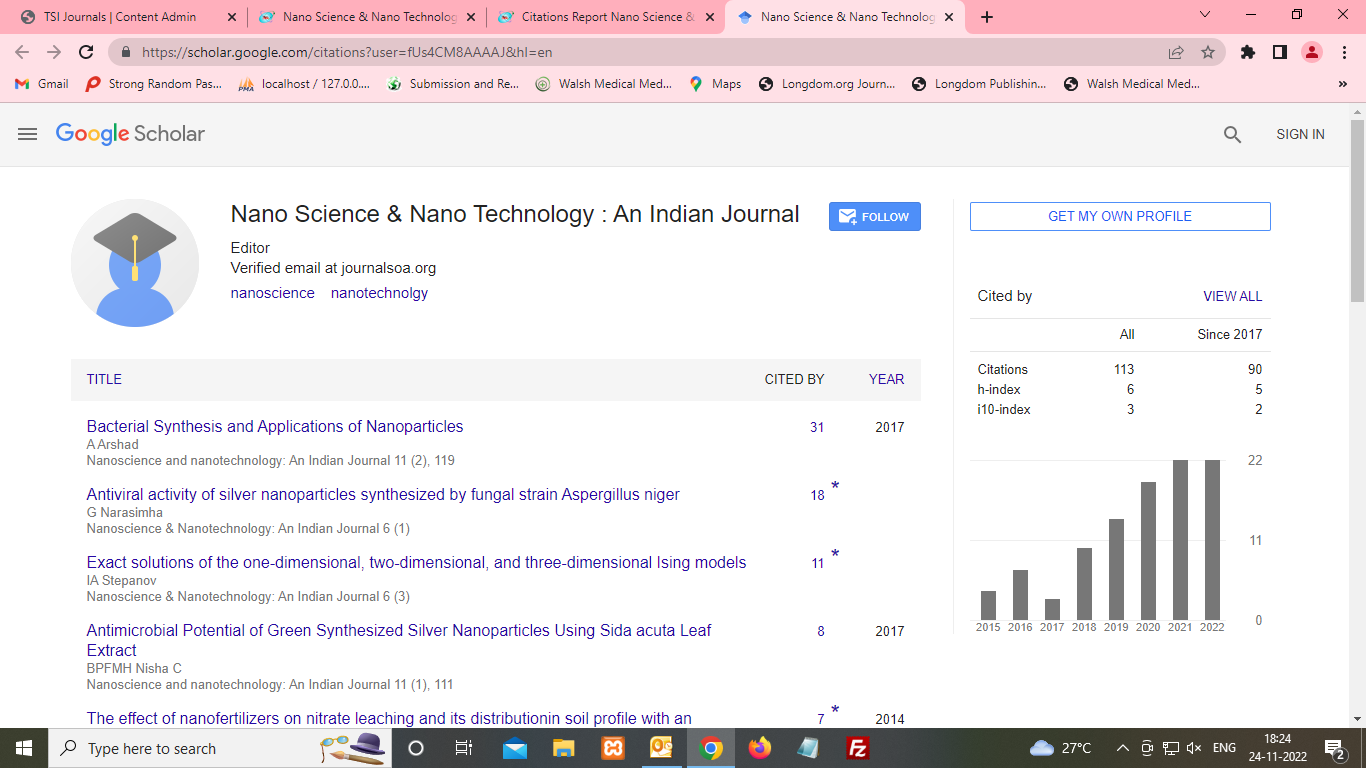Abstract
Rheological properties of glycolipid based creams for pharmaceutical and cosmetic applications
Author(s): M.Misran, Azrah Abdul AzizEmulsifying property of five emulsifiers was explored and compared using their rheology. These emulsifierÂ’s posses same number of carbon in their alkyl tail but differ in their head group structure. The rheology of such emulsions strongly depended on average size distribution of the dispersed droplet (Misni, 2002). Flow behaviors of these glycolipid based creams were explored in this work with two types of rheology experiments, namely: steady shear and oscillatory shear experiments. These rheology propertiesAstrain and stress controlled rheometer was used for this purpose. Shear sweep was carried out to observe the viscosity, ï¨ (ï§) behavior, where the oscillatory sweep was carried out to observe the GÂ’(ï·) and GÂ’Â’ (ï·) behaviors. Irrespective of surfactant type, examination of shear dependent viscosity profiles suggested that, depending upon the shear rates, all emulsions examined here showed mixed flow behaviors. Ashear thinning behavior (non-Newtonian flow) at low shear rates characterized by a exponential decay of shear viscosity, whereas close to shear rate independent flow behavior (close to Newtonian flow) at higher shear rates. Degree of shear thinning increased with surfactant concentration. ï¬-Carrageenan stabilized emulsions also exhibited higher shear viscosity and showed zero shear viscosity compared to DDM, PEG 10,000, SDS and Brij35P stabilized emulsions at any given shear rate. As far as yield stress is concerned it depended highly on surfactant type and concentration. Compared to DDM, PEG 10,000, SDS and Brij35P stabilized emulsions ï¬-carrageenan stabilized emulsion exhibited higher magnitude of Yield Stress. As expected, yield stress increased with surfactant concentration. The combination of higher degree of shear thinning at low shear rates and higher yield stress exhibited by ï¬-carrageenan stabilized emulsions suggested that ï¬-carrageenan stabilized emulsions are more easily spread compared toDDM, PEG10,000, SDS and Brij35P stabilized emulsions.Oscillationmeasurementswithin the linear viscosity region suggested that ï¬-carrageenan stabilized emulsions exhibited higher values of both the Gï‚¢ and G compared to emulsions stabilized by others over all frequencies ranges.Values ofGwas dominant over G over all frequency ranges, suggesting ease of spreading but low stability and shelf life. Both the moduli were frequency dependent and both followed exponentially increasing power law. The good news is that, at low frequencies, values of GÂ’ could be increased gradually by increasing surfactant concentration. This in turn suggests that emulsions stability can be improved with surfactant concentration, with out compromising its spreading property. As far as flowmodel is concerned much like Brij 35p and SDS stabilized emulsions polysaccharide chain stabilized emulsions showed close toMaxwellian like fluid behavior, further, though these emulsions seemed relatively stable and that no imminent phase separation was observed.

